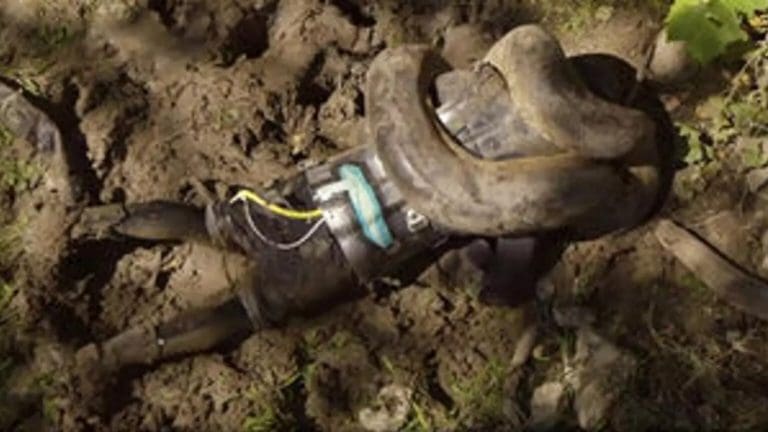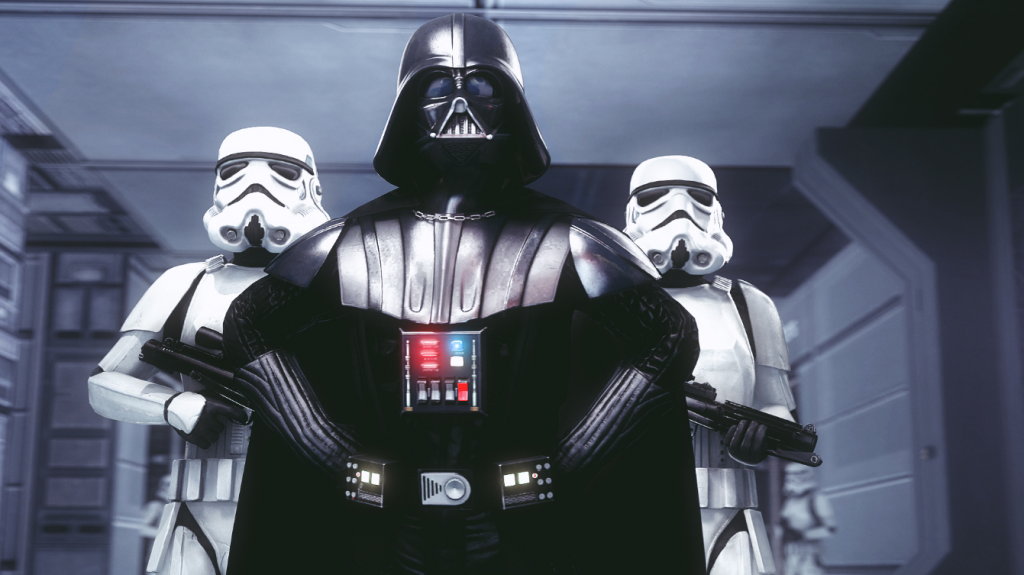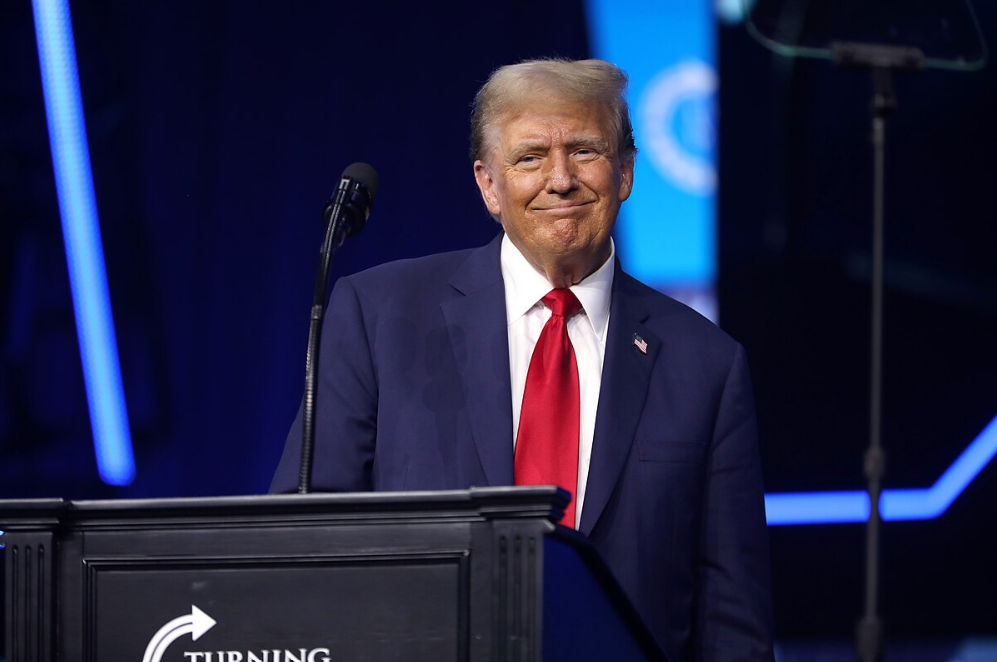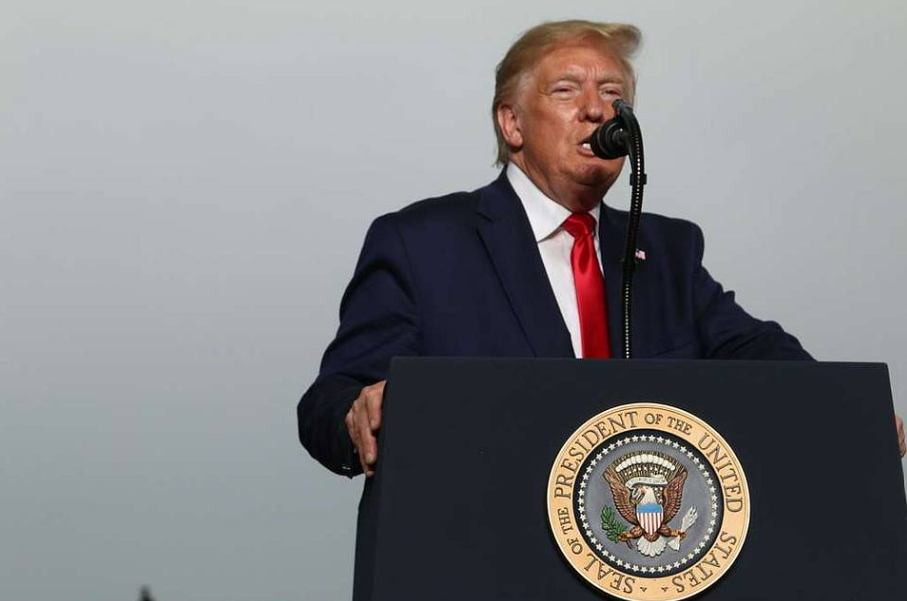Paul Rosolie, a renowned wildlife conservationist and adventurer, embarked on one of the most daring and controversial missions in wildlife documentary history. In an effort to raise awareness and funds for rainforest conservation, Rosolie volunteered to be eaten alive by a green anaconda, the world’s largest and heaviest snake. This audacious stunt, carried out in 2014, aimed to draw global attention to the plight of the Amazon rainforest and its rapidly diminishing habitats.
Rosolie, who has dedicated over 16 years to protecting the Amazon and its wildlife, is no stranger to extreme measures. His fascination with the green anaconda, a semi-aquatic species native to South America, stems from his extensive research and firsthand observations. Throughout his career, Rosolie has witnessed the alarming decline of their habitats, prompting him to take drastic action to mobilize public support for conservation efforts.
The idea behind the stunt was simple yet extreme: to have himself swallowed by a green anaconda, thereby generating shock and curiosity among viewers worldwide. This, Rosolie hoped, would translate into increased awareness and funding for his conservation projects. The event was documented by the Discovery Channel in a special episode titled “Eaten Alive.”
The preparation for this unprecedented experiment was meticulous. Rosolie and his team, which included engineers and wildlife experts, designed a custom-made carbon-fiber suit. This suit was no ordinary attire; it was specifically engineered using advanced 3D technology to withstand the immense constriction force of the anaconda and its digestive fluids. The suit was also streamlined to minimize discomfort for the snake and included built-in cameras, a radio microphone, and an oxygen supply system.
The mission took weeks of planning and tracking. Rosolie and his team ventured deep into the Peruvian Amazon, a region teeming with biodiversity and home to the formidable green anaconda. After an arduous search, they finally located a suitable candidate: a 20-foot-long, 252-pound female anaconda. The stage was set for Rosolie’s extraordinary encounter.
To ensure the snake would be attracted to him, Rosolie covered himself in pig’s blood. This gruesome preparation was necessary to simulate the scent of prey and encourage the anaconda to engage. With his team standing by, Rosolie approached the anaconda on all fours, mimicking the movements of a wild boar. The reaction was swift. The anaconda struck, latching onto Rosolie’s head and wrapping its powerful body around him.
As the snake began to constrict, Rosolie provided real-time updates to his team through the radio mic. He described the sensation of his arms being pinned and the pressure building around his body. Despite the intense physical strain, Rosolie maintained a remarkable level of composure, repeatedly assuring his team that he was fine, even as his heart rate skyrocketed and his breathing became labored.
The situation quickly escalated as the anaconda’s grip tightened. Rosolie’s attempts to stay calm were challenged by the excruciating pain and the realization that his life was in imminent danger. At one point, he felt his suit cracking under the snake’s immense pressure, and his arms felt as if they were being pulled from their sockets. The turning point came when the snake began to consume his head. With his face pressed against the forest floor and the anaconda’s jaws closing around him, Rosolie knew he had to act fast.
In a moment of desperation, Rosolie called for help, signaling to his team that he could no longer endure the ordeal. The team rushed to his aid, wrestling the snake off him before it could fully engulf him. The extraction was chaotic but ultimately successful, leaving Rosolie shaken but alive.
Reflecting on the experience, Rosolie admitted that the stunt was far more dangerous than he had anticipated. He recounted the terror of feeling the snake’s crushing force and the helplessness of being trapped in its coils. Despite the risks, Rosolie remained steadfast in his belief that the mission was necessary to highlight the power and importance of these magnificent creatures and the urgent need to protect their habitats. In the aftermath, while some applauded his bravery and dedication, others questioned the ethics and safety of such an extreme measure. Nevertheless, the stunt succeeded in drawing global attention to the Amazon rainforest’s plight and sparked conversations about the critical importance of preserving natural ecosystems.




